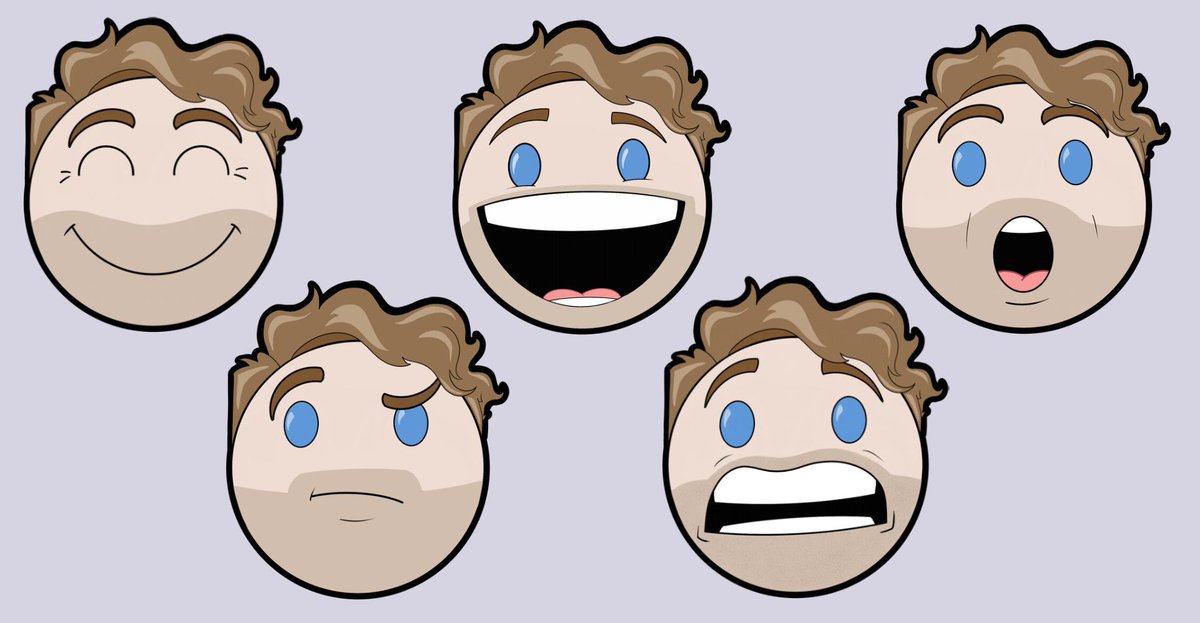

It requires the shutter curtain to move out of the sensor’s way for the total exposure time. It features a shutter that exposes the entire sensor in a single motion rather than a portion at a time.
#ROLLING EYES PRO#
Pro level DSLR cameras usually feature a global shutter that does not suffer from this issue. As the opening moves across the sensor, the light hits the rows of sensor pixels and record image detail.

The curtains move vertically across the sensor with a small horizontal gap between them.
 What is the difference between rolling and global shutter?Ī rolling shutter uses a pair of curtains to expose the camera sensor to light. The rolling shutter effect occurs due to the pair of curtains moving too slowly to quickly capture the details of a fast-moving subject.Īs a result, the camera sensor does not capture the top and bottom of the image simultaneously. There’s a gap between the curtains, and as the opening moves across the sensor, it’s exposed to light and captures image detail. Most camera shutters use a pair of curtains that slide vertically across the image sensor area. While camera manufacturers continue to minimise the distortion, it’s still evident in certain circumstances. The way you expose the camera sensor to light causes the rolling effect. The rolling shutter distortion also impacts video recording in the same way. If the subjects are still, but you pan the camera quickly, it may produce the rolling effect. Sometimes they appear as though they are leaning over. When taking a photo from a train window, objects with strong vertical shapes will appear bent at the top or bottom of the image. The rolling shutter effect takes the form of distortion appearing in photos where an object (or the camera) is moving quickly.
What is the difference between rolling and global shutter?Ī rolling shutter uses a pair of curtains to expose the camera sensor to light. The rolling shutter effect occurs due to the pair of curtains moving too slowly to quickly capture the details of a fast-moving subject.Īs a result, the camera sensor does not capture the top and bottom of the image simultaneously. There’s a gap between the curtains, and as the opening moves across the sensor, it’s exposed to light and captures image detail. Most camera shutters use a pair of curtains that slide vertically across the image sensor area. While camera manufacturers continue to minimise the distortion, it’s still evident in certain circumstances. The way you expose the camera sensor to light causes the rolling effect. The rolling shutter distortion also impacts video recording in the same way. If the subjects are still, but you pan the camera quickly, it may produce the rolling effect. Sometimes they appear as though they are leaning over. When taking a photo from a train window, objects with strong vertical shapes will appear bent at the top or bottom of the image. The rolling shutter effect takes the form of distortion appearing in photos where an object (or the camera) is moving quickly.







 0 kommentar(er)
0 kommentar(er)
